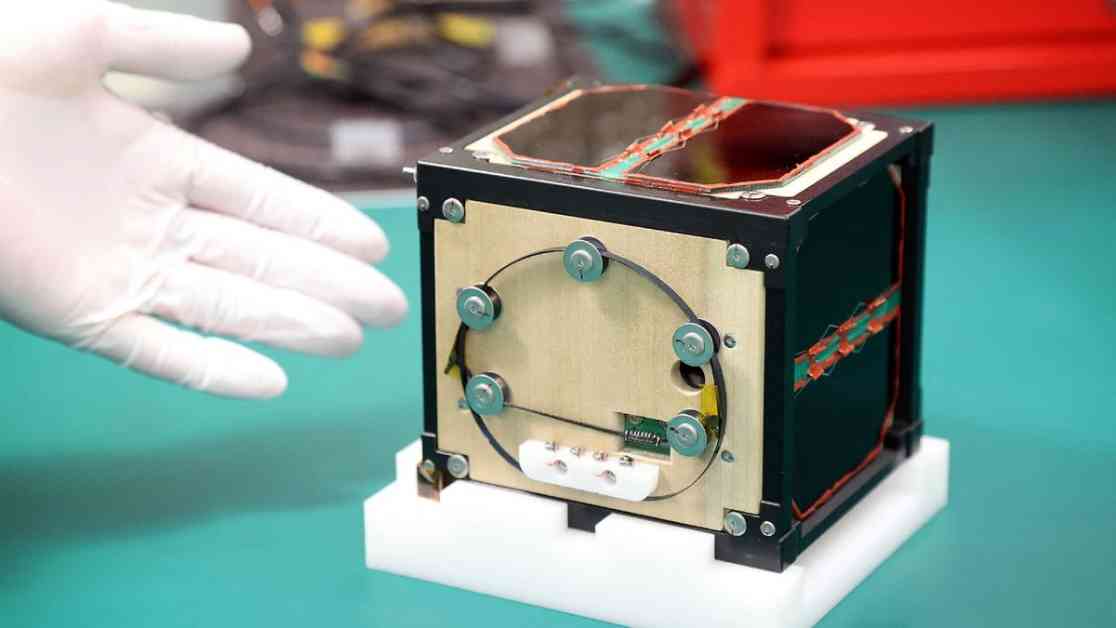The world’s first wooden satellite, LignoSat, was developed by scientists at Kyoto University and the logging company Sumitomo Forestry. This innovative spacecraft measures just 4 inches on each side and has a very retro feel. Despite its small size, LignoSat could have a significant impact on space exploration.
NASA’s International Space Station program deputy chief scientist, Meghan Everett, explained that using wood in satellites could be more sustainable and less polluting for the environment compared to traditional aluminum satellites. When aluminum satellites burn up in Earth’s atmosphere, they generate harmful pollutants that can affect the planet’s thermal balance and ozone layer. With the growing population of satellites in orbit, the environmental impact is becoming a concern.
Wooden satellites like LignoSat, which uses magnolia wood instead of aluminum, could be a more environmentally friendly solution. These satellites would not release damaging pollutants when they re-enter the Earth’s atmosphere at the end of their mission. In fact, retired Japanese astronaut Takao Doi mentioned that metal satellites might be banned in the future if wooden satellites prove to be successful.
The development of LignoSat marks a significant advancement in space technology. The satellite will soon be deployed into orbit from the International Space Station’s Kibo module. Over the next six months, LignoSat’s onboard electronics will record and transmit essential health data back to Earth. This data will help researchers understand how the wooden structure responds to the vacuum environment of space, as well as atomic oxygen and radiation conditions.
In addition to its environmental benefits, the success of LignoSat could have far-reaching implications for future space exploration. Kenji Kariya from the Sumitomo Forestry Tsukuba Research Institute emphasized that wood is actually cutting-edge technology as humanity ventures towards the moon and Mars. The expansion of timber industry to space could bring new opportunities and advancements in the field.
Overall, the development and testing of the world’s first wooden satellite, LignoSat, represent a significant milestone in space exploration. By utilizing sustainable materials like wood, researchers are paving the way for a more environmentally friendly approach to satellite technology. As LignoSat continues its mission in orbit, it will provide valuable insights that could shape the future of space travel and satellite design.










